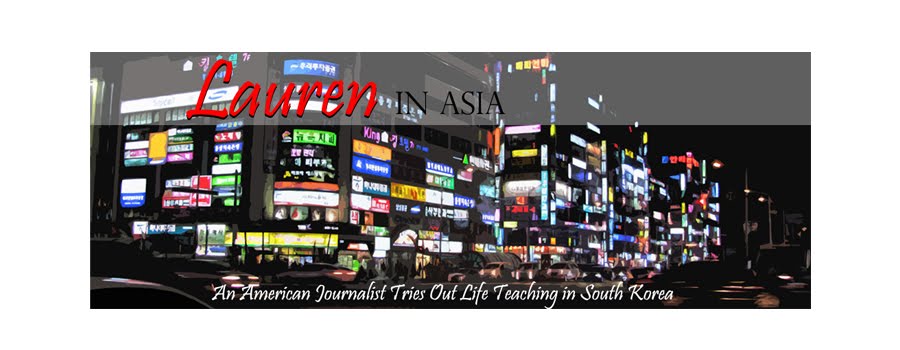
(Bundang Cha Hospital, where we received care in Korea)
Moving to a new country, you’re bound to notice differences from “home” just about everywhere. The language, the food, the social mores… those you expect. Other differences sneak up on you.
At this point, I’m more familiar with Korea’s medical care than I wish to be. And, this is where I’ve found some of those differences. It’s been seven weeks today that my husband and I have been sick. We’ve been dealing with a cold/bronchitis/laryngitis/sinusitis….who knows what really. At this point, we’ve heard many diagnoses. We’ve had highpoints and small recoveries along the way, but no cure. We’ve each been on four doctor appointments, seen three different doctors – one of those trips to the local hospital.
There are many things to praise about the Korean healthcare system. As an American, two things truly stand out: the prices and immediate access to care.
So first, let’s talk about the prices in Korea. I pay fifty percent of my healthcare premium – and that’s less than $60 a month. It’s incredibly affordable. It’s even more amazing when you go the doctor. I’ve seen a specialist for as little as $2.50. That’s followed by a visit to the pharmacy where $5 will get me what I need. How about x-rays…$11 for two people. When we first arrived, Cameron ended up the ER. At the time we were uninsured and it cost $160 for care, tests, and drugs. My previous co-pay in the US was $200 just for showing up at the ER. The affordable prices are truly shocking. And, healthcare is certainly more accessible when it’s so affordable.
The second plus of the Korean healthcare system; walk-ins are welcome. I'm not talking about urgent care facilities, which are available both in the US and Korea. I mean walking into just about any doctor's office and seeing the doctor that day. I can’t imagine showing up at a doctor’s office in the US without an appointment. You’re really out of luck if you’re a new patient. The doctor can see you in a month or two or three, even though you’re sick right now! In Korea, you can of course make an appointment. But, you can also show up and take a number. So, far the waits have been less than if I did have an appointment in the US. Fifteen minutes tops.
These two factors immediately had me questioning – why can’t this be done in America? However, there are two sides to every coin. That means, there are some things about “home” that I miss dearly: a thorough examination and antibiotics.
I find the level of examination by the doctors in Korea just isn’t as thorough. Out of four appointments, only one time did a doctor pull out their stethoscope to listen to my lungs. And, she asked me if I would like her to – yes! I’ve been coughing for weeks, please listen to my lungs! There is no paper gown to change into, no table to lie on, and the doctors barely touch you. There is no feeling for swollen lymph nodes. All that I’ve come to recognize as part of a typical exam in the US, has been thrown out the window. After explaining to doctors on our third and fourth visits about our lengthy illness, there seemed to be little concern. There were no blood workups, no urine tests, and the doctors didn’t prescribe antibiotics.
So, that brings me to the second thing I miss about home – the medicine. There’s much debate about the prescription of antibiotics. There’s a fear that taking them too often will lead to immunity. Although Korean doctors haven’t expressed that concern to us, we have been told “you don’t need antibiotics.” Instead, the doctors prescribed over-the-counter medications. Think going to doctor and leaving with Sudafed and Tylenol. The doctors’ advice included – dress warm, open up your windows to air out your home, and get some rest. On our hospital visit, I was overjoyed finally to receive some antibiotics. But, for whatever reason, the Amoxicillin didn’t do the trick for Cameron or me. Before even finishing the dosage, our symptoms returned.
In America, I’m certain I would have received antibiotics on my first visit to the doctor. In fact, for a cold or flu-like illness, I can’t ever remember having to visit a doctor twice. Frankly, that’s the way I prefer it. Seven weeks of illness and low energy is just too long. I’ve written once before about the “Korean cold” and the stories from other foreigners that it lasts for months…but does it have too?
So, what’s the next step? I just got a good tip today – there are some international clinics in the Seoul area with American doctors. We can celebrate the differences each country or culture has to offer – but in this case, I want a little bit of care from “home.”





















































